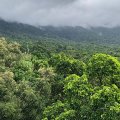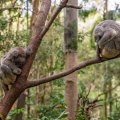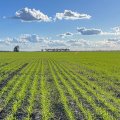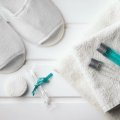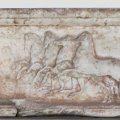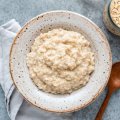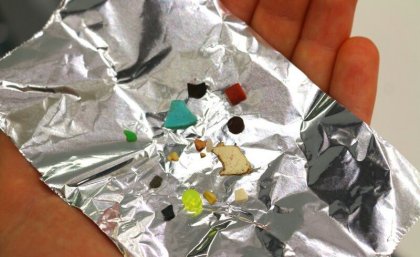
A University of Queensland study has found widespread ingestion of debris by Australian marine and coastal birds – including among vulnerable and threatened species.
The largest survey of its kind in the southern hemisphere examined 61 species, including 370 individual birds from eastern Australia.
Dr Kathy Townsend from the School of Biomedical Sciences and the Moreton Bay Research Station said 30 per cent of species investigated had ingested marine debris.
“How the birds feed effects the type of debris they ingest, along with their habitat,” Dr Townsend said.
“For example, pursuit-diving species such as shags and cormorants ingested things like fishing hooks and sinkers, while surface-feeders such as albatross and short-tailed shearwaters ingested buoyant plastics and balloons.
“The study showed that marine birds were highly selective of the physical characteristics, types and colours of debris they ingest.”
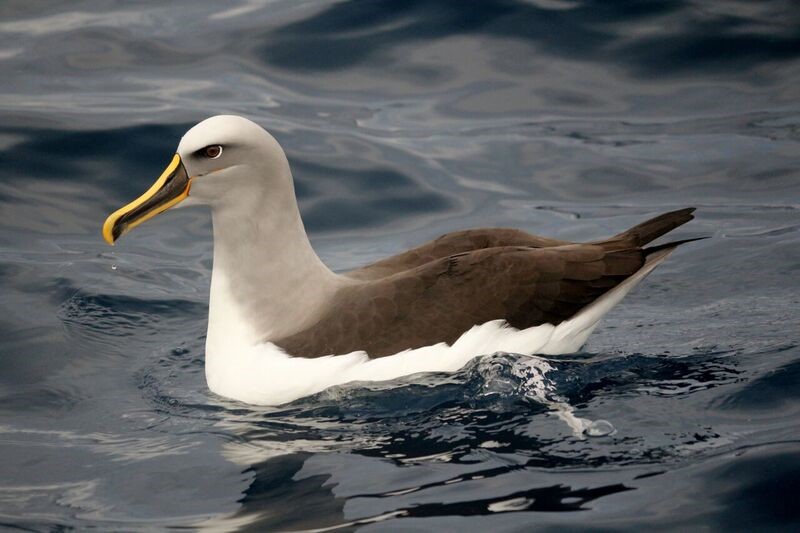
Dr Townsend said that for the short-tailed shearwater their unorthodox diet was likely a case of mistaken identity.
“These birds feed extensively on red arrow squid and they were found to particularly favour red and orange balloons which may look similar when they are foraging.”
Lead author Lauren Roman, now with the Institute for Marine and Antarctic Studies in Tasmania, conducted research as part of her UQ Honours thesis.
Ms Roman said species which ingested debris included the near-threatened Buller’s albatross (Thalassarche bulleri) and shy albatross (Thalassarche cauta).
The vulnerable Westland petrel (Procellaria westlandica) and Gould’s petrel (Pterodroma leucoptera) were also found to feed on rubbish.
Ms Roman said the birds investigated in the study were collected dead by citizen scientists and wildlife care groups across eastern Australia and the contents of their stomach examined during necropsies.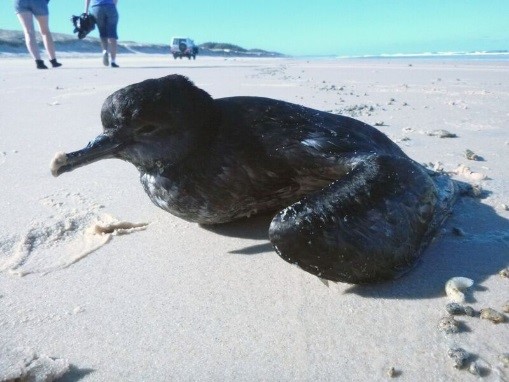
“Pollution of the world’s oceans is having direct impacts on marine birds but the extent is yet to be fully investigated in Australia,” she said.
Australian Seabird Rescue, Pelican and Seabird Rescue, Currumbin Wildlife Hospital, RSPCA Wacol Wildlife Hospital, the Queensland Department of Environment and Heritage Protection, Australia Zoo Wildlife Hospital and Queensland Museum all contributed to the survey.
The study has been published in PloS One.
Media: Dr Kathy Townsend, kathy.townsend@uq.edu.au, +61 7 33463045. Kim Lyell, Faculty of Medicine, k.lyell@uq.edu.au, +61 7 33465214, 0427 530647.
Caption 1: Debris from the gut of a short-tailed shearwater.
Caption 2: The near-threatened Buller’s albatross which was found with marine debris in its gut.
Caption 3: Stranded short-tailed shearwater that washed up on the back beach of North Stradbroke Island.
.jpg)

